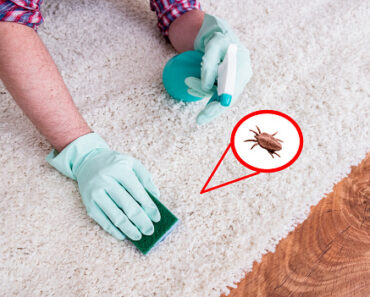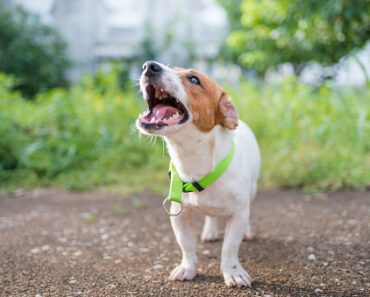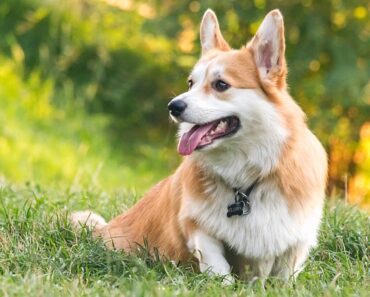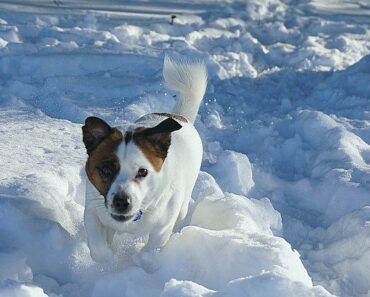Gingivitis is a very common symptom in most carnivores. It is a dental disorder related to oral hygiene and represents many visits to a veterinarian. The consequences can sometimes be harmful for the dog, so it is necessary to treat gingivitis as soon as possible by recognizing the characteristic signs of inflammation.

Causes of gingivitis in dogs
Gingivitis in dogs is mainly caused by the accumulation of tartar and plaque. This is a sign of poor oral hygiene, which is conducive to the formation of bacteria, namely streptococci and actinomyces. These bacteria are present in the dog’s saliva and cause the formation of an orange-colored film on the animal’s teeth. If the dog does not brush, this film becomes thicker and thicker and encourages the formation of polysaccharide and glycoprotein plaques. These are nothing more or less than bacterial germs that secrete toxins that cause irritation of the dog’s gums and therefore gingivitis.
When dental plaque undergoes the mineralization process, tartar builds up on the teeth and also causes an inflammatory process in the dog’s gums. To avoid this problem, it is important to choose a healthy diet for your pet, especially if it is a small breed. Indeed, dogs of small breeds are more exposed than others with an aggravation that can result in the formation of ulcer stomatitis and acute renal failure.
When gingivitis is not treated promptly in dogs, it can lead to health complications for the pet, so it is best to treat the problem early by taking care of your pet’s oral hygiene.
The symptoms of gingivitis
Unfortunately, the symptoms are not always visible to the naked eye when they are triggered, so it is essential to regularly check the state of the dog’s mouth to make sure that there is no abnormality and especially a change in the oral cavity.
When the animal is affected by gingivitis, the first recognizable sign is a swelling of the gums which also becomes redder. This is gingival hyperplasia, which later results in increased inflammation and bleeding. Even if the dog does not express itself, it still feels the pain, which may explain why the animal refuses to eat.
At this stage, if the gingivitis is still untreated, you may observe the formation of dental abscesses with the presence of blood and pus. The dog’s diseased gums are a breeding ground for bacteria, which explains the dog’s bad breath, as well as behavioral changes that you can’t explain.
If you notice that the dog is sadder than usual, aggressive, hyper salivating, scratching its jaw, refusing to eat and starting to lose weight, it is likely that your pet is unfortunately affected by a bacterial infection and gingivitis.
These are signs of an oral emergency that must be treated quickly or your pet’s teeth will rot and the bacteria may spread throughout the body.
Remedies for my dog’s gingivitis
Recognizing the early symptoms of gingivitis is absolutely essential for your pet’s health. The earlier gingivitis is caught, the less likely it is that complications will occur. It is recommended to take your dog directly to the veterinarian for a more thorough examination of the oral cavity.
Depending on the severity of the gingivitis, the veterinarian will be able to prescribe an antibiotic treatment to eliminate all the bacteria responsible. On your side, you can also turn to hygienic treatment solutions such as regular brushing, the use of dog toothpaste or anti-plaque products that will act with great efficiency. Do not hesitate to give your pet chew sticks, as well as a healthy diet to reduce calcium production.
These are simple gestures that you can apply right away and that will allow your pet to be in good health.
TO REMEMBER! Gingivitis in dogs is a problem that is primarily related to oral hygiene and that favors the appearance of tartar and dental plaque. Although the complications can be severe, you can prevent the appearance of gingivitis in your pet with very simple hygienic gestures. By using adapted products and chewing accessories, such as chew sticks or kibbles, you can greatly reduce the risk of your dog getting gingivitis.






